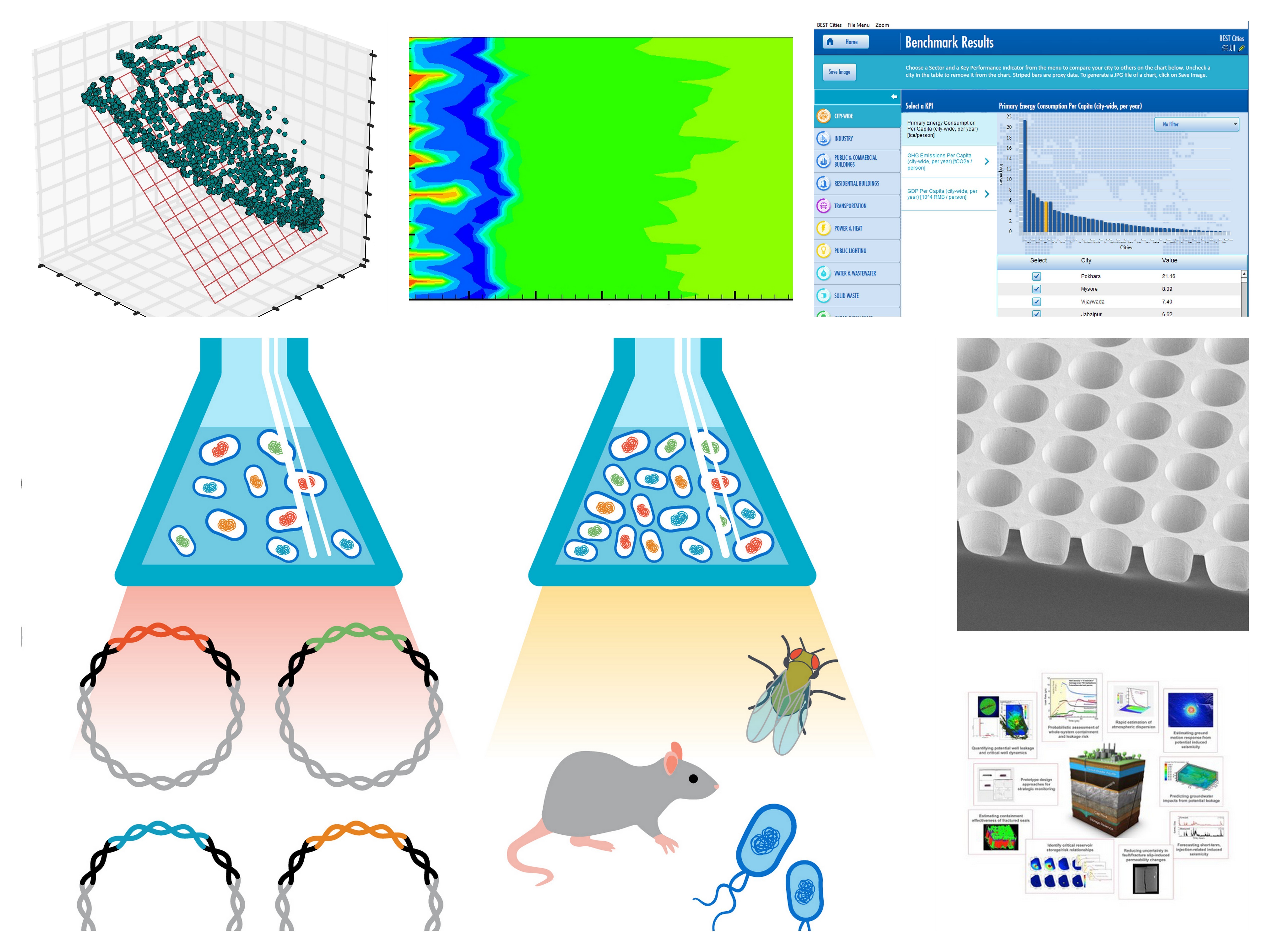Technologies that help determine how solar energy affects the grid, benchmark energy savings for low-carbon cities, understand the functions of genes in microbes under different environmental conditions, and simulate how chemical reactions occur and change as fluids travel underground — all developed by researchers at the Department of Energy’s Lawrence Berkeley National Laboratory (Berkeley Lab) — have received annual awards presented by a scientific and engineering magazine. Berkeley Lab was also a co-winner for two additional technologies.
R&D Magazine‘s R&D 100 Awards, established 55 years ago, recognize 100 technologies and services introduced in the previous year deemed most significant by an independent panel of judges. This year’s winners received the awards at a Nov. 17 event in Washington, D.C. The full list of winners is here:
https://www.rd100conference.com/awards/winners-finalists/year/2017/
A brief description of Berkeley Lab’s award-winning technologies follows:
Estimation of Renewable Energy Generation on the Grid
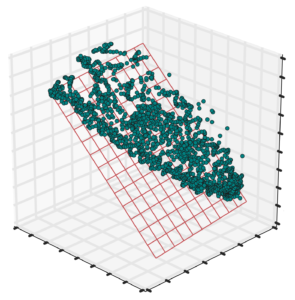 As more homes and businesses adopt solar energy, utilities and grid operators need real-time insights into how these new, highly variable resources are affecting the electrical grid. The Distributed Solar Estimation (DiSE) algorithm makes it possible for the first time to accurately estimate electricity output from customer-owned photovoltaic solar panels. DiSE can help system operators anticipate and prepare for short-term changes in power level and avoid buying too much energy. This software improves grid reliability while reducing ratepayers’ costs. DiSE also boosts security by helping the grid operate reliably without requiring that every inverter communicate its power generation in real time.
As more homes and businesses adopt solar energy, utilities and grid operators need real-time insights into how these new, highly variable resources are affecting the electrical grid. The Distributed Solar Estimation (DiSE) algorithm makes it possible for the first time to accurately estimate electricity output from customer-owned photovoltaic solar panels. DiSE can help system operators anticipate and prepare for short-term changes in power level and avoid buying too much energy. This software improves grid reliability while reducing ratepayers’ costs. DiSE also boosts security by helping the grid operate reliably without requiring that every inverter communicate its power generation in real time.
The development team includes Berkeley Lab’s Emma Stewart, Ciaran Roberts, Emre Can Kara, and Michaelangelo Tabone.
Benchmarking and Energy-Saving Tool for Low-Carbon Cities
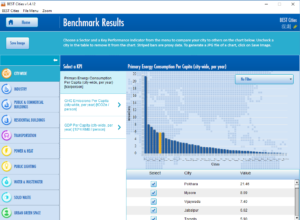 Home to more than half of humanity, cities produce nearly 70 percent of the globe’s energy-related greenhouse gas emissions. To reach a low-carbon future, urban centers need strategies that cut energy use and enhance resilience. The Benchmarking and Energy Saving Tool for Low-Carbon Cities (BEST Cities) provides software for low-carbon planning that users can easily install and run. This integrated, computer-based tool helps local policymakers and urban planners assess their city’s energy use and related emissions, compare the performance to similar cities, and develop a plan with specific policy strategies that reduce carbon and methane emissions. The software is available in both English and Chinese.
Home to more than half of humanity, cities produce nearly 70 percent of the globe’s energy-related greenhouse gas emissions. To reach a low-carbon future, urban centers need strategies that cut energy use and enhance resilience. The Benchmarking and Energy Saving Tool for Low-Carbon Cities (BEST Cities) provides software for low-carbon planning that users can easily install and run. This integrated, computer-based tool helps local policymakers and urban planners assess their city’s energy use and related emissions, compare the performance to similar cities, and develop a plan with specific policy strategies that reduce carbon and methane emissions. The software is available in both English and Chinese.
The development team includes Berkeley Lab’s Nan Zhou, Lynn Price, Nina Zheng, and Stephanie Ohshita.
Dub-Seq
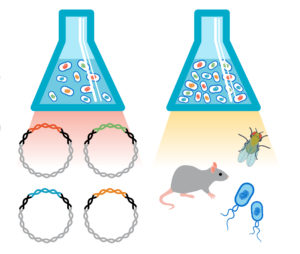 Double Barcoded Shotgun Expression Library Sequencing (Dub-seq) is a technology for discovering the functions of genes in microbes under different environmental conditions. Because Dub-seq can process large amounts of genetic information at once, it is faster, cheaper, more flexible, and requires less work than previous genetic analysis technologies. Scientists can adapt it to a variety of biotechnologies, such as efforts to discover new enzymes, find new cancer drugs, gain insight into resistance to viruses, and understand how antibiotics act on microbes that cause disease.
Double Barcoded Shotgun Expression Library Sequencing (Dub-seq) is a technology for discovering the functions of genes in microbes under different environmental conditions. Because Dub-seq can process large amounts of genetic information at once, it is faster, cheaper, more flexible, and requires less work than previous genetic analysis technologies. Scientists can adapt it to a variety of biotechnologies, such as efforts to discover new enzymes, find new cancer drugs, gain insight into resistance to viruses, and understand how antibiotics act on microbes that cause disease.
The effort was led by Berkeley Lab’s Vivek Mutalik, Adam Arkin, Adam Deutschbauer, and Pavel Novichkov.
Crunchflow
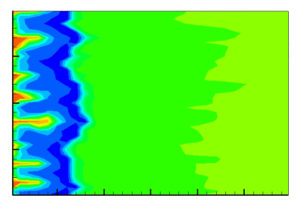 CrunchFlow is a powerful software package that simulates how chemical reactions occur and change as fluids travel underground. CrunchFlow includes a number of chemical and physical processes that similar products do not, such as changes in how easily water can move through rocks. All of these features are available in a single package that users with a variety of expertise can run on a desktop computer. With CrunchFlow’s computational efficiency, scientists can achieve high spatial resolution while extending simulations far back in geologic time. By improving the accuracy of a range of Earth and environmental sciences applications, CrunchFlow helps scientists better understand current and past ecological systems below the Earth’s surface.
CrunchFlow is a powerful software package that simulates how chemical reactions occur and change as fluids travel underground. CrunchFlow includes a number of chemical and physical processes that similar products do not, such as changes in how easily water can move through rocks. All of these features are available in a single package that users with a variety of expertise can run on a desktop computer. With CrunchFlow’s computational efficiency, scientists can achieve high spatial resolution while extending simulations far back in geologic time. By improving the accuracy of a range of Earth and environmental sciences applications, CrunchFlow helps scientists better understand current and past ecological systems below the Earth’s surface.
The principal developer is Berkeley Lab’s Carl Steefel with Sergi Molins-Rafa (co-developer), and co-developer Jennifer Druhan from the University of Illinois-Champaign.
Two other R&D 100 Award winners included Berkeley Lab as a co-nominee:
Risk Assessment and Uncertainty Quantification Software for Geologic Carbon Storage
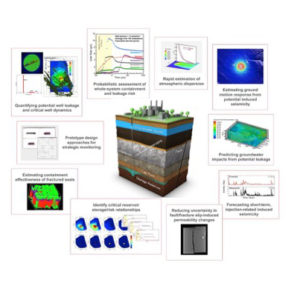 The National Risk Assessment Partnership (NRAP) developed and released a software package that includes 10 science-based computational tools, collectively referred to as the NRAP Toolset, to assess environmental risk performance of geologic carbon dioxide (CO2) sequestration sites. These tools support industry and regulatory stakeholders as they design and implement safe and effective geologic carbon storage (GCS) projects for long-term storage of large volumes of anthropogenic CO2.
The National Risk Assessment Partnership (NRAP) developed and released a software package that includes 10 science-based computational tools, collectively referred to as the NRAP Toolset, to assess environmental risk performance of geologic carbon dioxide (CO2) sequestration sites. These tools support industry and regulatory stakeholders as they design and implement safe and effective geologic carbon storage (GCS) projects for long-term storage of large volumes of anthropogenic CO2.
There are 11 Berkeley Lab developers who were part of a 56-person team that worked with Los Alamos National Lab, Livermore National Lab, the National Energy Technology Lab, and Pacific Northwest National Lab. Berkeley Lab points of contact are Curt Oldenburg, Tom Daley, and Erika Gasperikova.
Geometrically Enhanced Photocathode
 This technology improves high-energy efficiency in X-ray detectors, enabling researchers to see the dynamics of fusion experiments more clearly and in greater detail. Applications of the geometrically enhanced photocathode include scientific research in molecular dynamics as well as high-speed streak cameras and, potentially, medical applications.
This technology improves high-energy efficiency in X-ray detectors, enabling researchers to see the dynamics of fusion experiments more clearly and in greater detail. Applications of the geometrically enhanced photocathode include scientific research in molecular dynamics as well as high-speed streak cameras and, potentially, medical applications.
Berkeley Lab researcher Jun Feng contributed to the technology by measuring and analyzing the total photoemitted electron current, which led to improvements in the final photocathode structure.
# # #
Lawrence Berkeley National Laboratory addresses the world’s most urgent scientific challenges by advancing sustainable energy, protecting human health, creating new materials, and revealing the origin and fate of the universe. Founded in 1931, Berkeley Lab’s scientific expertise has been recognized with 13 Nobel Prizes. The University of California manages Berkeley Lab for the U.S. Department of Energy’s Office of Science. For more, visit www.lbl.gov.
DOE’s Office of Science is the single largest supporter of basic research in the physical sciences in the United States, and is working to address some of the most pressing challenges of our time. For more information, please visit science.energy.gov.
